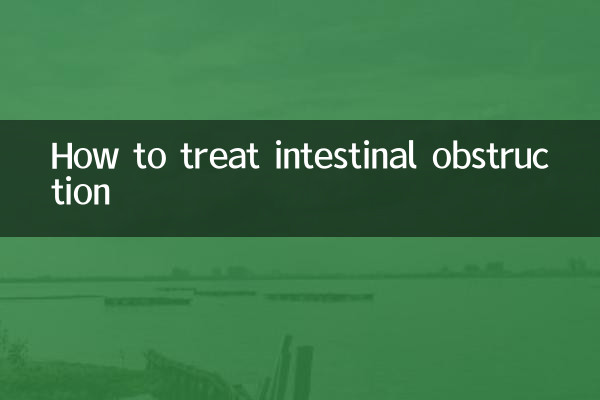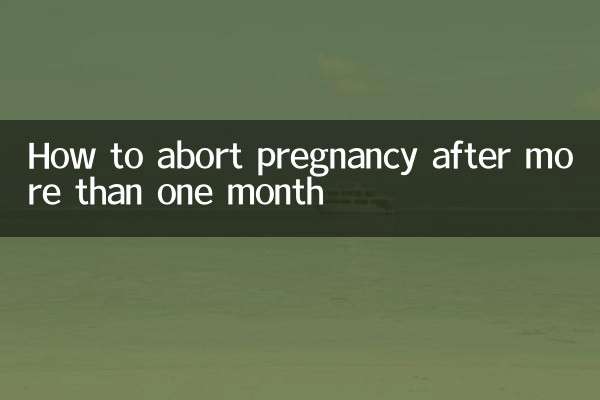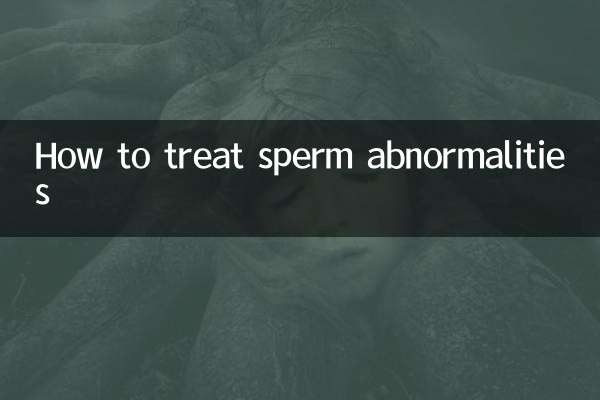How to treat intestinal obstruction
Intestinal obstruction is a common acute abdominal disease that blocks the passage of intestinal contents and may be caused by mechanical obstruction, motility disorder, or blood supply disorder. The following is a compilation of hot content on the treatment of intestinal obstruction across the Internet in the past 10 days. It combines medical guidelines and clinical practice to provide you with structured data and analysis.
1. Common types and causes of intestinal obstruction

| type | Proportion | Main causes |
|---|---|---|
| mechanical intestinal obstruction | 60-70% | Intestinal adhesions, tumors, intussusception, fecal stones, etc. |
| dynamic intestinal obstruction | 20-30% | Postoperative intestinal paralysis, electrolyte imbalance, neuropathy |
| vascular intestinal obstruction | 5-10% | Mesenteric artery embolism/thrombosis |
2. Treatment methods for intestinal obstruction
1. Conservative treatment (applicable to incomplete obstruction or early cases)
| Treatment measures | Specific content | Things to note |
|---|---|---|
| fasting gastrointestinal decompression | Inserting a nasogastric tube for continuous suction | Record the amount and nature of diversion |
| intravenous fluids | Correct water and electrolyte imbalance | Monitor urine output and electrolytes |
| antibiotic treatment | Third generation cephalosporins + metronidazole | Prevent intestinal flora shift |
| Antispasmodic and analgesic | Anisodamine injection | Strong analgesics such as morphine are prohibited |
2. Surgical treatment (applicable to patients with complete obstruction or those who fail conservative treatment)
| surgical method | Indications | postoperative complications |
|---|---|---|
| Intestinal adhesiolysis | simple adhesive obstruction | The incidence of re-adhesion is 15-30% |
| Intestinal resection and anastomosis | Intestinal necrosis or tumor obstruction | The incidence of anastomotic leakage is 3-5% |
| enterostomy | Critically ill patients or distal intestinal lesions | Second-stage surgery required |
3. Latest treatment progress (hot spots in the past 10 days)
1.endoscopic stent placement: For cancerous obstruction of the left colon, endoscopic metal stent placement as a transitional treatment can avoid emergency stoma in 86% of patients.
2.Enhanced recovery after surgery (ERAS) concept: The latest clinical data shows that using the ERAS protocol can reduce the incidence of postoperative intestinal obstruction by 40% and shorten the average hospitalization stay by 2.3 days.
3.Laparoscopic technology application: Meta-analysis shows that laparoscopic surgery significantly reduces the incidence of postoperative adhesive intestinal obstruction compared with open surgery (OR=0.45).
4. Prevention and rehabilitation suggestions
| Precautions | Implementation method | Level of evidence |
|---|---|---|
| Early postoperative activities | Start bed activities 6 hours after surgery | Level I evidence |
| chewing gum | After surgery, 3 times a day, 15 minutes each time | Level II evidence |
| Diet management | A progressive diet that avoids difficult-to-digest foods | Expert consensus |
5. When do you need emergency medical treatment?
The following appearsred flagNeed immediate medical attention:
1. Persistent severe abdominal pain that does not relieve itself
2. The vomitus is fecal-like
3. Progressive distension of the abdomen
4. Stop exhaust and defecation for more than 24 hours
5. Fever or increased heart rate occurs
Summarize:Treatment for intestinal obstruction requires individualized treatment based on type and severity. During conservative treatment, changes in the condition should be closely observed. Timely surgical intervention is required when signs of peritonitis appear or when conservative treatment is ineffective. The latest minimally invasive technology and ERAS concept can significantly improve the prognosis, but preventing recurrence still requires long-term follow-up management.

check the details

check the details